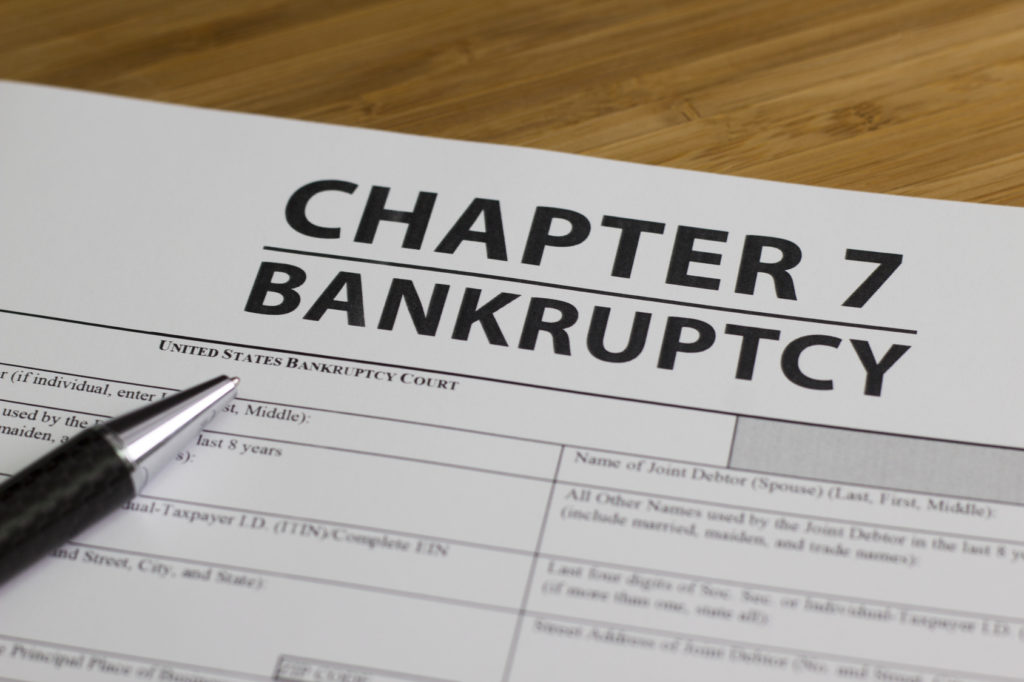Many people who are considering bankruptcy for the first time wonder about the differences between the two most common types of bankruptcy in the United States—chapter 7 and chapter 13 bankruptcy. Here is a look at both types of bankruptcy, with the similarities and differences compared.
Chapter 7 Bankruptcy
Chapter 7 bankruptcy is what most people think of when they think of bankruptcy. The purpose of a chapter 7 bankruptcy is to discharge, or get rid of, as much debt as possible. Under chapter 7 bankruptcy, you can wipe out general unsecured debts such as credit cards and medical bills.

Who files
Chapter 7 is best for low-income debtors who have little or no assets. In fact, in order to be eligible for chapter 7, your average monthly income during the six months prior to filing has to be equal to or less than the median income in your state.
Unique benefits
The primary benefit to filing for chapter 7 bankruptcy is that it can help you settle debt when you are unable to repay debt in a three or five year debt repayment plan. Chapter 7 bankruptcy offers quick relief from creditors, and it can take as little as three months for the court to issue a discharge order. Most debt under chapter 7 is dischargeable, including credit card debt, medical bills, and personal loans. After discharge, a debtor will no longer have personal liability for the discharged debts.
Chapter 13 Bankruptcy
The purpose of a chapter 13 bankruptcy is to reorganize or modify debts. This allows you to keep your debts and repay your creditors in a way that works best for you. You can pay off creditors with one simple monthly payment, which is based on your income, expenses, and types of debt.
Who files
Chapter 13 is best for debtors with regular income who could pay back at least some of their debts with a repayment plan. Those who make too much money to qualify for chapter 7 bankruptcy have to file for chapter 13 bankruptcy.
Unique benefits
Chapter 13 bankruptcy allows you to keep all of your property as long as you adhere to your repayment plan. Repayment plans typically span three or five years and allow debtors to make monthly payments to a bankruptcy trustee—and in so doing, repay their debts. Debtors who wish to keep their homes can often stop foreclosure by filing for chapter 13 bankruptcy. Chapter 13 bankruptcy can also be used to stop car repossession or keep nonexempt property. There are also certain dischargeable debts under chapter 13 bankruptcy, such as court fees, fees from a homeowner’s association, and marital debts agreed to in a settlement agreement.
For more information about each type of bankruptcy, visit our chapter 7 bankruptcy and chapter 13 bankruptcy pages.